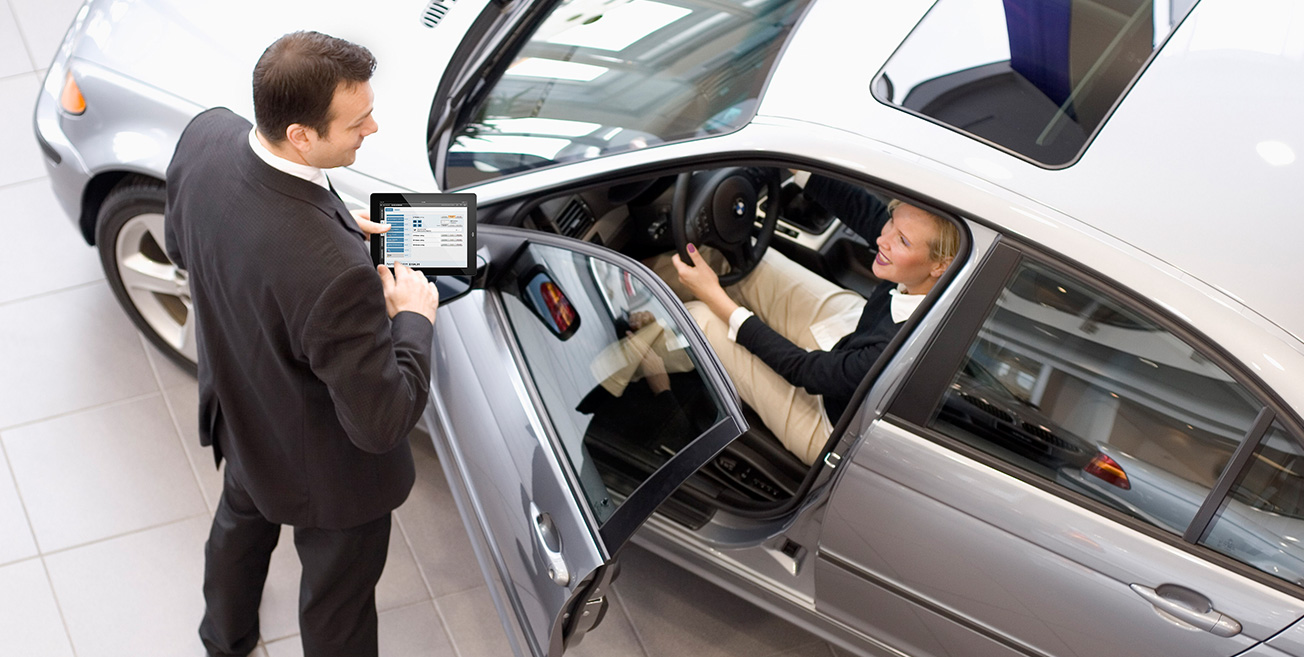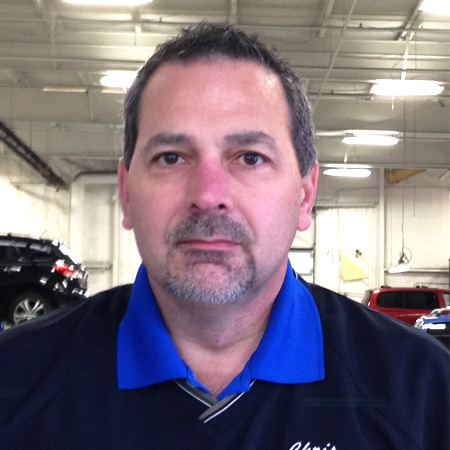Monetising the Connected Car: A Panel Discussion
Best Practices for the Modern Service Department
Xtime was a finalist for the Best Telematics Service Provider Award, presented at the TU-Automotive Awards Ceremony on June 2. Last year, Xtime’s ServiceTelematics solution was awarded Best Automotive Application at the same event.

Xtime SVP of Sales, Marketing & Managed Services Jim Roche.
Best Practices for the Modern Service Department

The 1970s and 1980s were good for some things, but dealer waiting rooms and service drives were not among them. Buyer behaviour has changed drastically, which means that customer service expectations have evolved along with them. Gone are the days of stale coffee in Styrofoam cups and back-dated fishing magazines in the dealer lobby, endless paperwork for service advisors to fill out and keeping drivers in the dark about their vehicles’ service needs.
According to a recent JD Power study, 40% of car buyers indicated that a dealer’s service lane is the gateway to retention. The following are some best practices for keeping today’s customers in the loyalty loop.
Read More
- Focus on the driver’s needs, not yours.
When you put the safety of the driver and the health of the car first, you begin to build a lasting customer relationship. - Teach—don’t just show.
Educating the driver on the importance of routine and timely maintenance will help him or her see the value of the service you provide. - Get the car fixed correctly the first time.
People are busy and don’t have the time to get a problem addressed more than once. The good news is that, on average, dealers fix vehicles right the first time, 93% of the time.1 - Be prompt.
Giving the driver access to the service advisor within the first two minutes of his or her arrival will strengthen your reputation as a customer-centric business. - Be timely.
Always aim to have the car back to the driver when you said you would. Building in more time when you quote the appointment allows an extra buffer of time without any unwelcome waiting periods for the driver or having to rush the service advisors.
1 http://www.fi-magazine.com/channel/f-i-products/news/story/2015/03/dealerrater-j-d-power-examine-service-s-connection-to-sales.aspx
Xtime University
Utilising the latest technologies translates to a more modern and efficient service department. Xtime products help your dealership create and maintain loyal service customers, and our services are there to ensure Xtime’s platform meets your needs. That’s why we created Xtime University training and certification courses. With both virtual instructor-led and self-paced online learning formats, you and your team can get up to speed quickly through our intensive courses. Whatever your role—from Service Advisor to Scheduler to Call Centre Manager—Xtime has you covered.
To access Xtime University, log into Xtime, click the ? or “Help” option and then Xtime University. Hosted webinars are offered online, Monday through Friday, starting at 6 a.m. Pacific Time / 9 a.m. Eastern Time.
 Australia
Australia
 United States
United States
 Canada English
Canada English
 United Kingdom
United Kingdom
 At the annual TU-Automotive Detroit conference, one question took centre stage: Can telematics really drive a profit? Our panel, “Monetising the Connected Car,” brought together four industry experts to answer just that.
At the annual TU-Automotive Detroit conference, one question took centre stage: Can telematics really drive a profit? Our panel, “Monetising the Connected Car,” brought together four industry experts to answer just that.